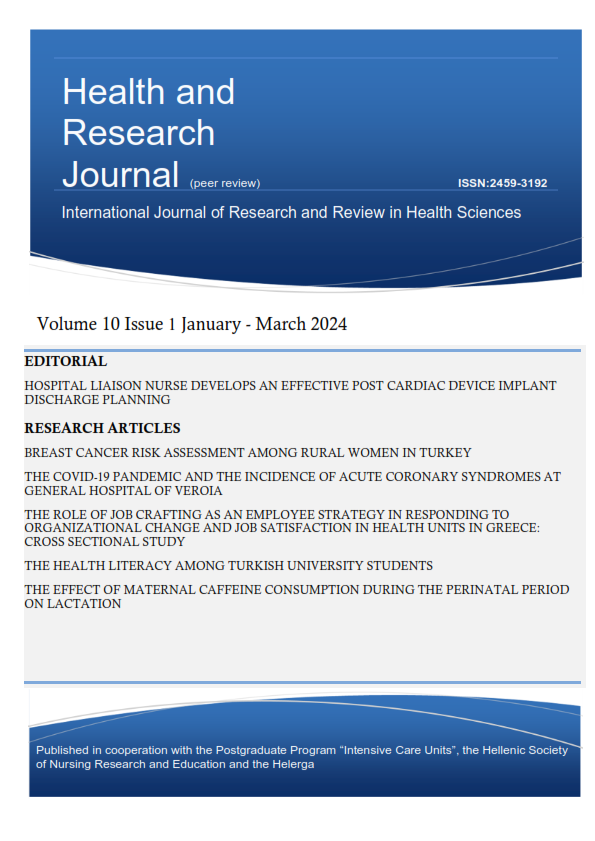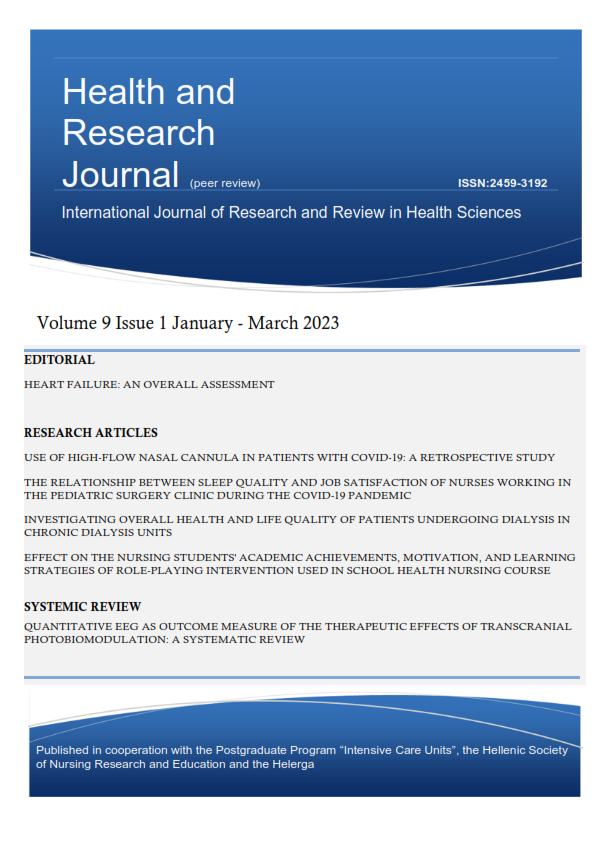Breast Cancer Risk Assessment among Rural Women in Turkey

Abstract
Background: Breast cancer is the most prevalent cancer type in women both Turkey and worldwide. In order to construct screening programs correctly, to identify breast cancer at the early stage and to reduce the burden of disease after diagnosis; first, women’s risk levels should be determined.
Aim: The aim of this study is to identify women’s breast cancer risk levels, the frequency of BSE, and affecting factors in rural women in Turkey.
Method and Material: This cross-sectional study was included 280 adult women. As data collection tools were used “The Sociodemographic Characteristics Questionnaire” and “Breast Cancer Risk Assessment Tool”.
Results: Women’s mean breast cancer risk level was found as 137.69±67.56. 91.1 % of women were found to be in a low-risk group. When women’s mean scores related to Breast Cancer Risk Assessment Tool and sociodemographic variables were compared and a statistically significant difference was detected between vocational status, education level and smoking status. The vast majority of women take place in the low-risk group in terms of breast cancer.
Conclusions: The effects of community-based and opportunistic national breast cancer screenings on mortality rates and their cost-effectiveness must be assessed. Primarily, individual breast cancer risk evaluations must be done instead of community-based screenings, useful tools must be selected for risk evaluation, screening programs must be performed according to the risk and women should be invited to health organizations for screenings.
Article Details
- How to Cite
-
Ardahan, M., & Topçu, S. (2024). Breast Cancer Risk Assessment among Rural Women in Turkey. Health & Research Journal, 10(1), 4–13. https://doi.org/10.12681/healthresj.33152
- Section
- Original Articles
Copyright notice:
The journal "Health and Research Journal" reserves the rights for copyright of the content of the website and also the copyright of the articles published.
By virtue of their appearance in this journal, the articles are free to be used for non-commercial purposes. However, the articles cannot and must not be used in anyway, published elsewhere or modified without any reference to the author and the first publication of the article.



